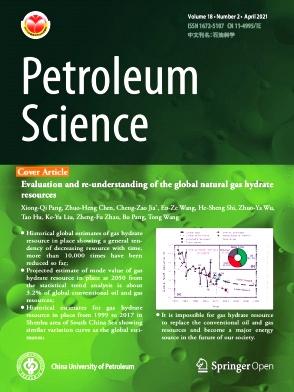Predicting the productivity of fractured horizontal wells using few-shot learning
IF 6
1区 工程技术
Q2 ENERGY & FUELS
引用次数: 0
Abstract
Predicting the productivity of multistage fractured horizontal wells plays an important role in exploiting unconventional resources. In recent years, machine learning (ML) models have emerged as a new approach for such studies. However, the scarcity of sufficient real data for model training often leads to imprecise predictions, even though the models trained with real data better characterize geological and engineering features. To tackle this issue, we propose an ML model that can obtain reliable results even with a small amount of data samples. Our model integrates the synthetic minority oversampling technique (SMOTE) to expand the data volume, the support vector machine (SVM) for model training, and the particle swarm optimization (PSO) algorithm for optimizing hyperparameters. To enhance the model performance, we conduct feature fusion and dimensionality reduction. Additionally, we examine the influences of different sample sizes and ML models for training. The proposed model demonstrates higher prediction accuracy and generalization ability, achieving a predicted R2 value of up to 0.9 for the test set, compared to the traditional ML techniques with an R2 of 0.13. This model accurately predicts the production of fractured horizontal wells even with limited samples, supplying an efficient tool for optimizing the production of unconventional resources. Importantly, the model holds the potential applicability to address similar challenges in other fields constrained by scarce data samples.
求助全文
约1分钟内获得全文
求助全文
来源期刊

Petroleum Science
地学-地球化学与地球物理
CiteScore
7.70
自引率
16.10%
发文量
311
审稿时长
63 days
期刊介绍:
Petroleum Science is the only English journal in China on petroleum science and technology that is intended for professionals engaged in petroleum science research and technical applications all over the world, as well as the managerial personnel of oil companies. It covers petroleum geology, petroleum geophysics, petroleum engineering, petrochemistry & chemical engineering, petroleum mechanics, and economic management. It aims to introduce the latest results in oil industry research in China, promote cooperation in petroleum science research between China and the rest of the world, and build a bridge for scientific communication between China and the world.
 求助内容:
求助内容: 应助结果提醒方式:
应助结果提醒方式:


